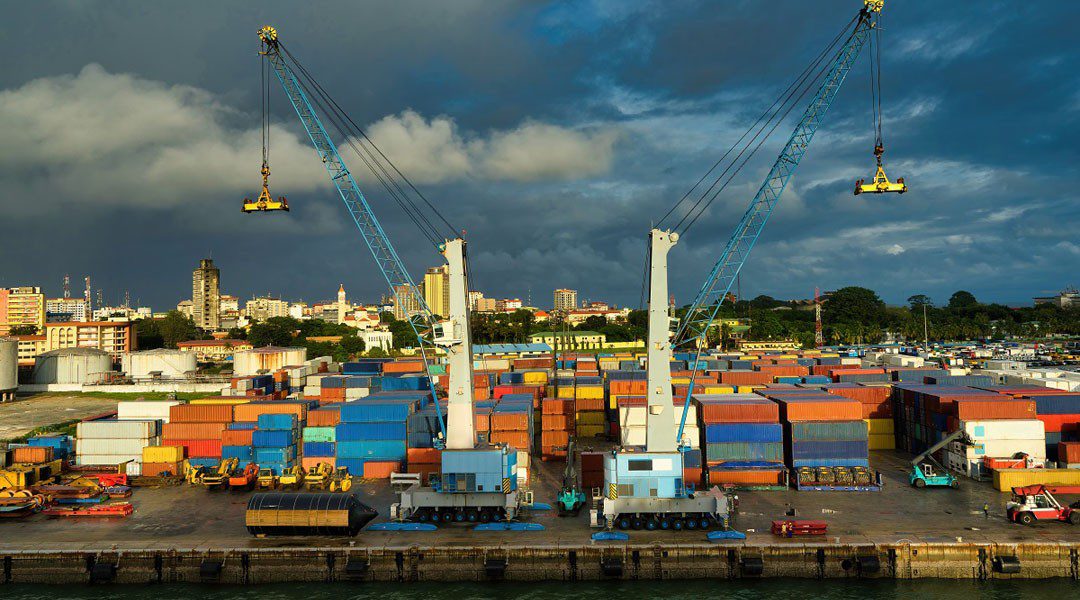As had been predicted last month when Shanghai emerged from a two-month Covid-lockdown, a knock-on effect has been a growth in container port congestion globally. Clarksons latest containership port congestion index has revealed that, as of last Thursday June 30th, 36.2% of the global fleet was at port, up from 31.5% in the pre-pandemic years from 2016 to
2019.
Clarksons noted that congestion on the US east coast had now risen to near record levels. It said that “ongoing disruption caused by port congestion remains extremely supportive to the charter market, despite trade volumes in 2022 so far having come under pressure from a combination of factors”.
At Ningbo, Shenzhen and Hong Kong terminals pressure was increasing, with yard and berth congestion caused by continuing Covid-related restrictions and the start of the typhoon season. At other Asian ports yard density was reported to have reached 80% in Singapore and 85% at Busan, South Korea.
In Europe other factors were at play. A resurgence of Covid in the form of the BA.4 and BA.5 variants, the start of summer holidays, a number of strikes and a bunching of vessels arriving from Asia had combined to increase congestion at many ports, including Antwerp, Hamburg, Le Havre and Rotterdam.
In Latin America two particular events were hitting port operations. Protests in Ecuador and a cyber attack that took out Costa Rica’s customs systems two months ago, continued to result in delays. Mexico has reported yard density approaching 90%, resulting in severe delays.
Meanwhile in North America Hapag-Lloyd noted that waiting times for berths were approaching three weeks at New /New Jersey, while further south on the Atlantic coast the queue off Savannah was seeing waiting times of seven to 10 days.
On the other side of the continent, Oakland was seeing possible wait time of a week to as much as 27 days for a space to become available at Oakland International Container Terminal, said Hapag Lloyd.
In Canada on the west coast, limited rail availability had seen Vancouver facing “significant delays” and yard density reaching 90%. At Prince Rupert the average rail dwell presently stood at 17 days because of a lack of available railcars.
Drewry has also said that the number of containerships waiting outside of major ports is indeed growing. “With no changes to our expected supply chain recovery timeline the market will continue to be denied capacity that it otherwise would have had access to. We estimate that effective containership capacity will be about 15% below potential this year, following on from a 17% reduction last year”, Drewry said.






